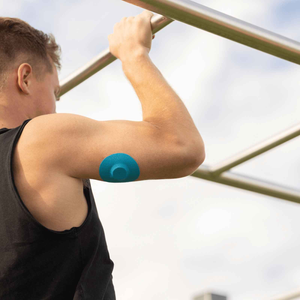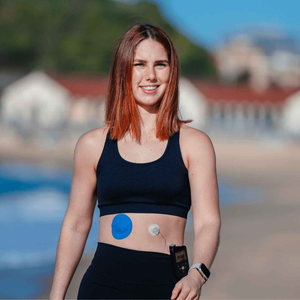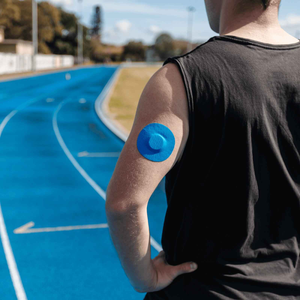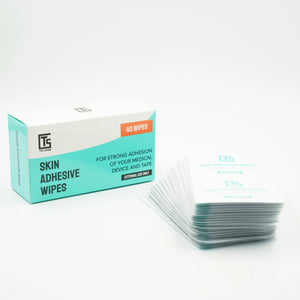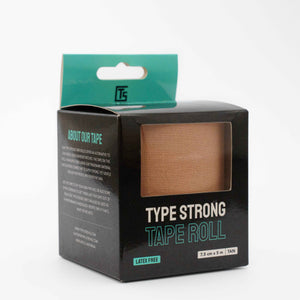Wearing a CGM can be life-changing, but getting it to stay on for the full wear time? That’s a challenge many of us know all too well. Whether it’s hot weather, workouts, or naturally oily skin, patches and sensors sometimes peel off well before they’re meant to. The good news? A small tweak to your routine can make a big difference. That tweak is using adhesive wipes.
In this guide, we’ll walk you through exactly how to use adhesive wipes to extend your CGM and patch wear time, why they work, and when they’re most helpful. It’s simple, safe, and surprisingly effective once you know the steps.
Why adhesive wipes matter for CGM users
Adhesive wipes (also known as sensor prep wipes or skin prep wipes) are designed to:
- Remove oils, sweat, and residue from your skin
- Create a cleaner surface for the sensor and patch to grip onto
- Leave behind a thin, tacky layer that helps adhesives bond better
- Reduce the risk of early lifting, peeling, or slipping
This is especially helpful if:
- You’re active or sweat a lot
- You live in a humid climate
- Your patches regularly peel at the edges
- You have oily or sensitive skin
With proper skin prep, patches can last significantly longer - and it often starts with the right wipe.

How to use adhesive wipes correctly: step-by-step
Here’s a simple, safe routine to follow before applying your CGM or patch:
- Wash your hands and skin - Start by washing your hands and the application area with soap and warm water. Avoid lotions, oils, or anything moisturising. Dry thoroughly with a clean towel.
- 2. Use an alcohol wipe (if needed)- If you’ve been sweating or applying sunscreen, a quick swipe with an alcohol wipe can help remove residue. This isn’t always required but can help in hotter conditions.
-
Apply the adhesive wipe - Take out a Type Strong skin adhesive wipe and gently swipe it over the area where your patch will sit. Let it dry completely for 10–15 seconds. You’ll feel a slight tackiness - that’s normal and helps with grip
Pro tip: Don’t fan it or blow on it to dry - just let it air-dry on its own for the best bond. - Apply your CGM or patch as normal - Once the adhesive layer feels dry and slightly sticky, apply your CGM sensor and/or patch as you usually would. Press down firmly and smooth the edges.
When should you use adhesive wipes?
You don’t necessarily need a wipe every single time, but they’re a game-changer in these situations:
- Before exercise or swimming
- During hot, humid weather
- If your patch keeps lifting early
- When applying patches to tricky areas like the stomach or back of the arm
They also pair perfectly with our patch bundle, especially if you rotate CGMs or use a separate overpatch.
Are adhesive wipes safe for sensitive skin?
Many CGM users with sensitive skin worry about irritation - and that’s valid. It’s why we designed our Type Strong skin adhesive wipes with:
- No harsh solvents
- A fragrance-free formula
- A residue-free clean that still holds strong
If you’ve had issues with patch reactions in the past, our wipes may help improve hold without adding more irritation. You can also check out this guide on CGM patch reactions for more insight.

Want longer wear? Don’t skip the prep
Using adhesive wipes might feel like an extra step, but it’s one of the easiest ways to get more time out of every CGM and patch. When combined with proper skin prep, they can help you avoid premature peeling, wasted patches, and frustrating reapplications.
You don’t need to overhaul your routine - just add a wipe before you apply. Your skin (and your sensor) will thank you.
Try it for yourself
Ready to test the difference? Grab a pack of our Type Strong adhesive wipes and add them to your next patch change. You might be surprised how much longer things hold up with just that small prep step.
And if you're looking for all-in-one patch support? Explore our bundle kits with pre-cut patches and prep tools designed to work together.
